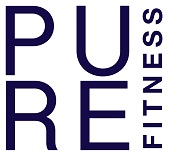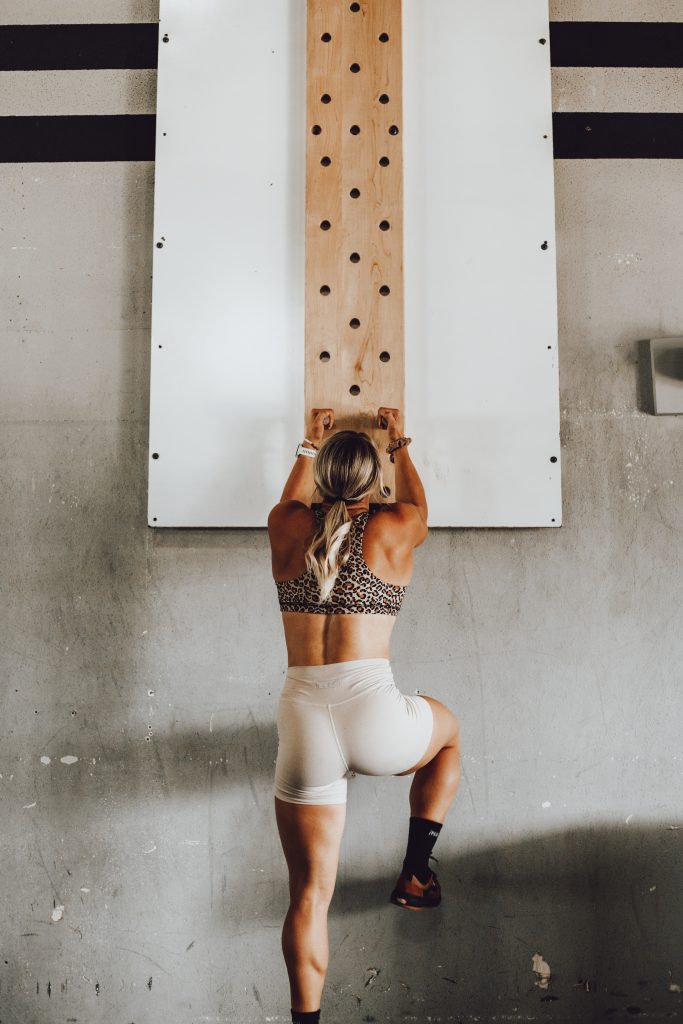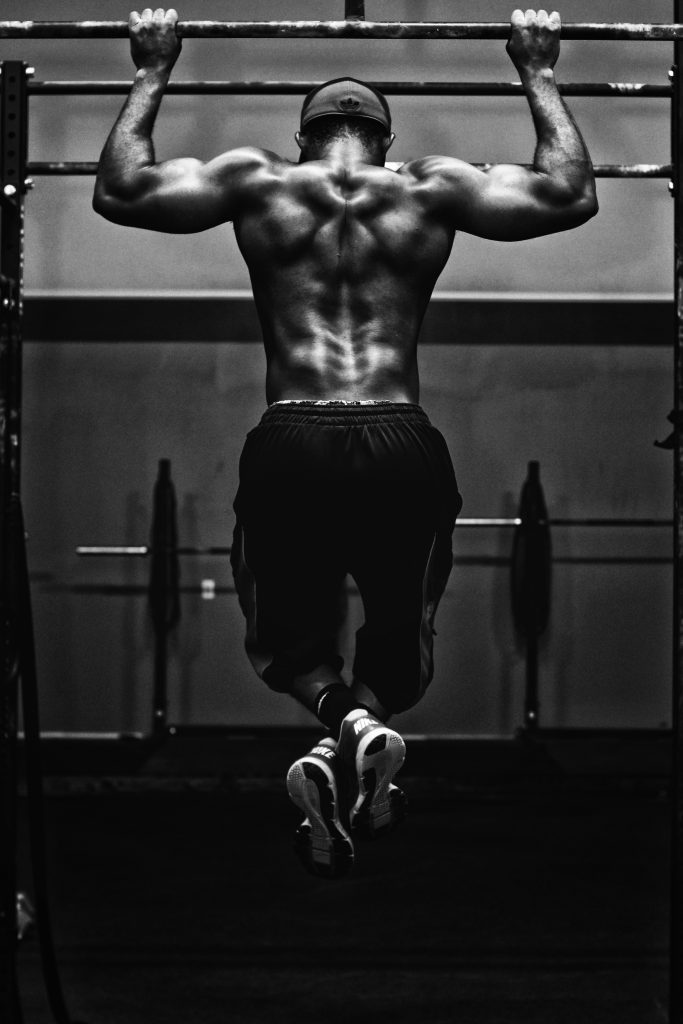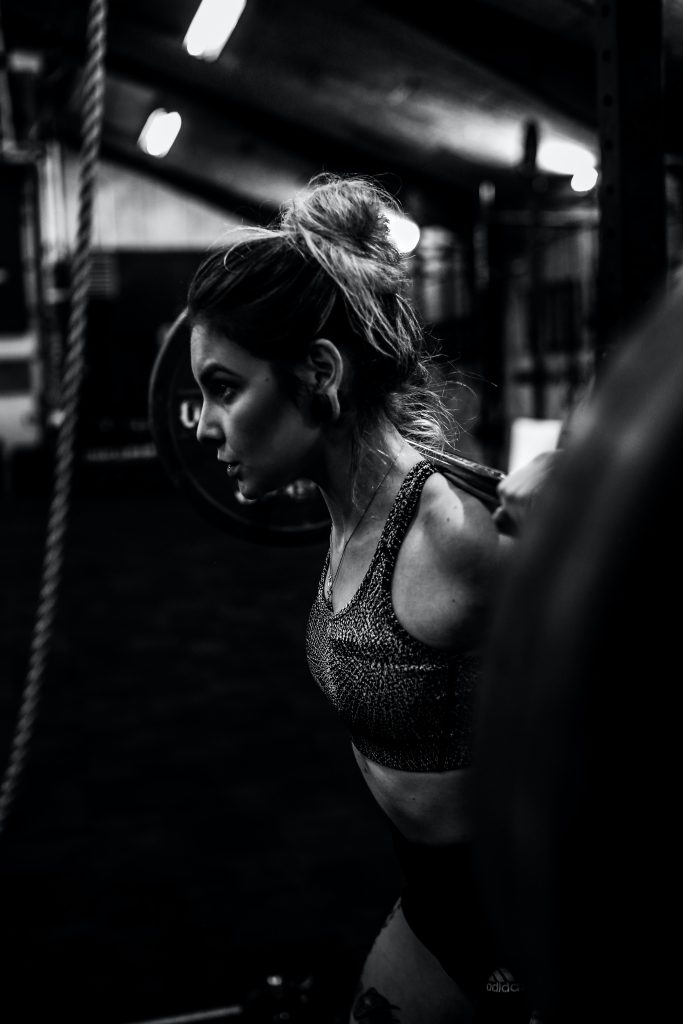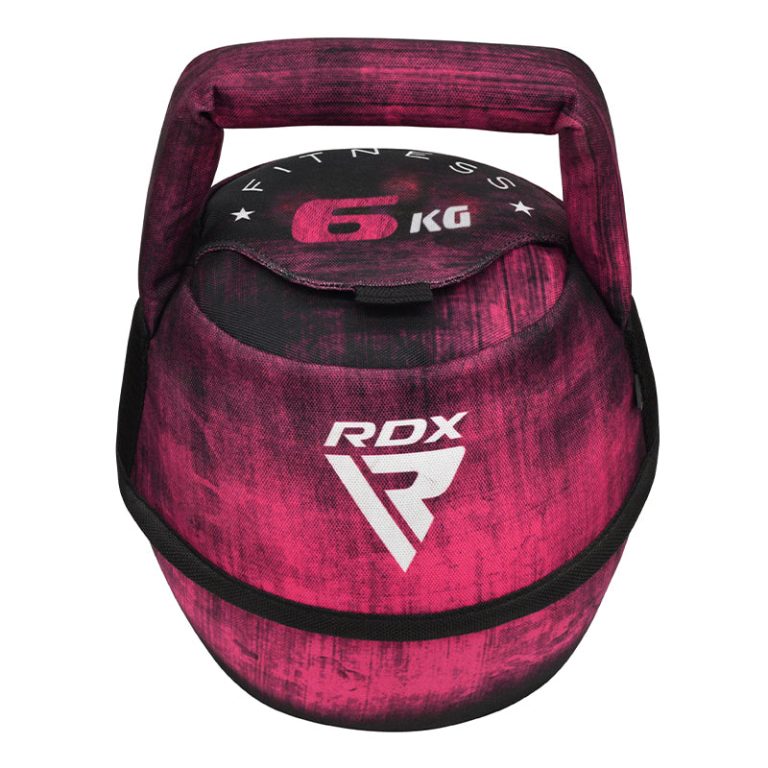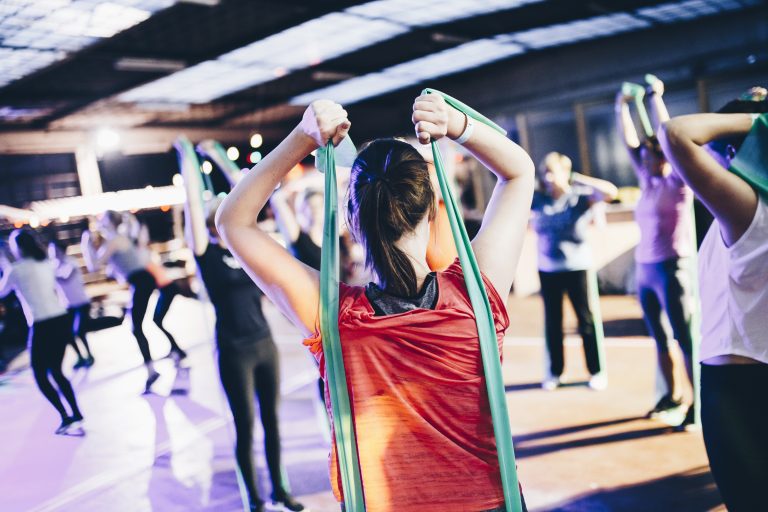Are you someone who enjoys working out in the UK but struggles to stay hydrated in the ever-changing climate? Well, look no further because we have some fantastic tips to help you keep cool and hydrated during your workouts. With the unpredictable weather, it’s essential to adapt your hydration routine to ensure you perform at your best and stay safe. From choosing the right drinks to timing your hydration, we’ll guide you through everything you need to know to conquer those workouts and stay hydrated in the UK climate.
Table of Contents
ToggleImportance of Hydration During Workouts
The effects of dehydration on the body
Hydration plays a vital role in maintaining overall health, and it becomes even more crucial when engaging in physical activities such as workouts. Dehydration occurs when your body loses more fluids than it takes in, and it can have various negative effects on the body. When you’re dehydrated, your blood volume decreases, which means your heart has to work harder to pump oxygen and nutrients to your muscles. This can lead to muscle fatigue, decreased endurance, and impaired performance during workouts. Dehydration can also cause dizziness, headaches, and muscle cramps, making it essential to prioritize hydration during exercise.
How hydration improves exercise performance
Proper hydration can significantly enhance your exercise performance and help you achieve your fitness goals. When you’re well-hydrated, your body can regulate its core temperature more effectively, preventing overheating during workouts. Hydration also ensures that your muscles receive the necessary nutrients and oxygen, helping them work efficiently and reducing the risk of fatigue and cramps. Additionally, staying hydrated improves focus, reaction time, and coordination, allowing you to perform at your best throughout your workout. By prioritizing hydration, you can optimize your exercise performance and maximize the benefits of your workouts.
The importance of maintaining electrolyte balance
Electrolytes are minerals such as sodium, potassium, calcium, and magnesium that play a crucial role in maintaining proper fluid balance and electrical conductivity in your body. During workouts, you lose electrolytes through sweat, and failing to replenish them can lead to imbalances that affect your performance and overall well-being. Sodium, in particular, helps your body retain fluids and prevent excessive fluid loss through urine. Potassium and magnesium, on the other hand, contribute to muscle function and reduce the risk of cramps. Therefore, it is essential to maintain electrolyte balance by incorporating electrolyte-rich foods and drinks into your hydration routine.
Understanding the UK Climate
Typical weather patterns in the UK
The UK climate is known for its changeable and unpredictable nature. The weather patterns can vary significantly across different regions and seasons. Generally, the UK experiences mild summers with temperatures ranging from 15°C to 25°C (59°F to 77°F) and cool, damp winters with temperatures averaging around 5°C to 10°C (41°F to 50°F). However, it is important to note that the UK climate can also present extreme weather conditions, such as heatwaves during the summer or cold snaps during the winter. Understanding the typical weather patterns in your area is crucial for adapting your hydration strategies accordingly.
The impact of humidity on hydration
Humidity refers to the amount of moisture present in the air. In the UK, humidity levels can vary depending on the time of year and location. High humidity can make you feel hotter and increase the rate of sweat evaporation. This can lead to increased fluid loss and a higher risk of dehydration during workouts. On the other hand, low humidity levels can cause increased evaporation of sweat from your skin, making it harder for your body to cool down. It is important to consider the impact of humidity on your hydration needs and adjust your fluid intake accordingly, especially during intense workouts.
Risk of dehydration in the UK climate
Despite the UK’s reputation for rainy weather, dehydration is still a risk when engaging in physical activities, especially during workouts. While the UK climate may not reach extreme temperatures compared to other regions, sweat loss is still a significant factor to consider. It is easy to underestimate the amount of fluid you lose through sweat, even in cooler conditions. Additionally, factors such as humidity, duration, and intensity of the workout can further contribute to fluid loss and increase the risk of dehydration. It is vital to prioritize hydration and take proactive measures to prevent dehydration, regardless of the UK climate conditions.
Pre-workout Hydration Strategies
Drink water before starting your workout
One of the most important pre-workout hydration strategies is to ensure you are adequately hydrated before you start exercising. Starting your workout in a hydrated state sets a solid foundation for maintaining proper fluid balance during exercise. It is recommended to drink at least 16 to 20 ounces (473 to 591 mL) of water 2 to 3 hours before your workout. This allows your body enough time to absorb and distribute the fluids, ensuring that you start your exercise session on the right foot.
Consider sports drinks for longer and intense workouts
For longer and more intense workouts, incorporating sports drinks into your pre-workout hydration strategy can be beneficial. These drinks contain electrolytes and carbohydrates, which help replenish the fluids and energy your body needs during extended periods of physical activity. Sports drinks can provide a quick source of hydration and fuel, enhancing your endurance and performance. However, it is important to choose sports drinks that are not high in added sugars and to consume them in moderation.
Consume electrolyte-rich foods and drinks
Another effective way to prepare for your workout and maintain proper hydration is to incorporate electrolyte-rich foods and drinks into your pre-workout routine. Foods like bananas, oranges, and coconut water are excellent sources of natural electrolytes. Additionally, you can consider consuming electrolyte powders or tablets mixed with water to ensure you are adequately replenishing your electrolyte levels. These options are convenient and provide a quick and efficient way to boost your hydration and electrolyte balance before your workout.
Hydration During Exercise
Drink water at regular intervals
During exercise, it is essential to drink water at regular intervals to maintain optimal hydration levels. Depending on the intensity and duration of your workout, you may need to drink anywhere from 7 to 10 ounces (207 to 296 mL) of water every 10 to 20 minutes. Sipping water consistently throughout your workout helps prevent dehydration and supports your body’s fluid balance. Remember to listen to your body and adjust your water intake accordingly, especially if you are sweating excessively or working out in higher temperatures.
Recognize signs of dehydration
Staying vigilant and recognizing the signs of dehydration during exercise is crucial for maintaining your performance and well-being. Symptoms of dehydration may include excessive thirst, dry mouth, fatigue, dizziness, decreased urine output, and dark-colored urine. If you experience any of these signs, it is important to take a break, rehydrate immediately, and seek shade or a cooler environment if necessary. Ignoring the signs of dehydration can lead to more severe complications, so it’s essential to prioritize your hydration needs and address them promptly.
Stay ahead of thirst
Relying solely on thirst as an indicator of when to drink during your workout is not ideal. Thirst is a late indicator of dehydration, meaning that by the time you feel thirsty, your body is already in a mildly dehydrated state. To prevent dehydration, it is important to stay ahead of thirst and drink water regularly throughout your exercise session. By sipping water at regular intervals, you can replenish fluids lost through sweat and ensure you maintain optimal hydration levels, ultimately supporting your workout performance.
Factors Affecting Hydration Needs in the UK Climate
Temperature and humidity levels
The temperature and humidity levels in the UK climate can have a significant impact on your hydration needs during workouts. Higher temperatures and humidity can lead to increased sweat production, resulting in greater fluid loss and higher overall hydration requirements. When exercising in hot and humid conditions, it is crucial to drink more water and replenish electrolytes to compensate for the increased fluid losses through sweat. Conversely, cooler temperatures and lower humidity levels can also contribute to dehydration, as sweat evaporates more quickly, potentially leading to higher perspiration rates and increased fluid loss.
Duration and intensity of the workout
The duration and intensity of your workout directly affect how much fluid you will need to consume to stay properly hydrated. Longer and more intense workouts generally require higher fluid intake, as they result in more sweat production and greater fluid loss. It is important to consider the length and intensity of your exercise session and adjust your hydration plan accordingly. If you are participating in extended or high-intensity workouts, it may be necessary to drink water or sports drinks more frequently to maintain optimal hydration levels.
Individual sweat rates
Each individual has a unique sweat rate, which is the amount of sweat they produce during physical activity. Some people naturally sweat more than others, even under similar conditions and exercise intensities. Understanding your sweat rate can help you develop a personalized hydration plan that adequately addresses your individual fluid requirements. If you tend to sweat profusely, it is essential to drink more fluids and electrolytes to replenish what you lose during workouts. Monitoring your hydration status and adjusting your fluid intake based on your sweat rate can significantly contribute to maintaining optimal hydration levels.
Choosing the Right Hydration Methods
Water vs. sports drinks
When it comes to hydration during workouts, the choice between water and sports drinks depends on various factors. Water is always a safe and reliable option, especially for shorter and less intense workouts. It effectively quenches thirst and keeps you hydrated without any additional calories or carbohydrates. On the other hand, sports drinks can be beneficial for longer and more intense workouts, as they provide both hydration and the necessary electrolytes and carbohydrates to replenish your energy levels. When deciding between water or sports drinks, consider the duration, intensity, and individual needs of your workout, and choose the option that best supports your hydration requirements.
Using electrolyte tablets or powders
Electrolyte tablets or powders are a convenient and portable option for maintaining electrolyte balance during workouts. They are dissolved in water and provide a quick source of hydration and essential minerals. Electrolyte tablets or powders typically contain a combination of sodium, potassium, magnesium, and other electrolytes, which are crucial for fluid balance and muscle function. This option allows you to customize the concentration of electrolytes to suit your specific needs, ensuring you stay adequately hydrated during your workout.
Other hydrating options like coconut water
In addition to water and sports drinks, there are other hydrating options available, such as coconut water. Coconut water is a natural and refreshing beverage that contains electrolytes, including potassium, magnesium, and calcium. It can be a good alternative to sports drinks, especially for those who prefer more natural options. However, it’s important to note that coconut water may not contain as many electrolytes as sports drinks, so consider your specific hydration needs and choose accordingly. Ultimately, the goal is to select a hydrating option that replenishes fluids and electrolytes effectively while fitting your personal preferences.
Monitoring Hydration Levels
Weighing yourself before and after workouts
One effective way to monitor your hydration levels is to weigh yourself before and after your workouts. By doing this, you can estimate the amount of fluid you’ve lost through sweat during your exercise session. For every pound (0.45 kg) lost, you should aim to drink around 16 to 24 ounces (473 to 710 mL) of fluid. It is important to note that this method is not precise and does not account for other factors such as fluid intake during your workout or bladder emptying. However, it can provide a general idea of your fluid needs and help you gauge whether you are adequately hydrating during your workouts.
Checking urine color and frequency
Urine color and frequency can also serve as indicators of hydration status. Monitoring the color of your urine can give you insight into how well-hydrated you are. Ideally, your urine should be pale yellow or straw-colored. Dark-colored urine may be a sign of dehydration and a need for increased fluid intake. Additionally, paying attention to the frequency of urination can help you gauge if you are drinking enough fluids. Urinating every 2 to 4 hours is generally considered normal, but this can vary depending on individual factors. Monitoring your urine color and frequency is a simple and accessible way to assess your hydration status and make adjustments as needed.
Tracking fluid intake
Keeping track of your fluid intake is a proactive way to ensure you are staying properly hydrated during your workouts. You can use a water bottle with measured markings to help you keep track of how much water or sports drink you consume. Alternatively, there are various smartphone apps available that allow you to log your fluid intake and set reminders to ensure you stay on top of your hydration goals. By actively tracking your fluid intake, you can ensure you are meeting your hydration needs and make any necessary adjustments to optimize your performance and well-being.
Hydration Tips for Specific UK Climate Conditions
Hot and humid weather
In hot and humid weather conditions, proper hydration becomes even more crucial. To stay hydrated during workouts in hot and humid weather:
- Drink water before, during, and after your workout to replenish fluids lost through sweat.
- Consider incorporating sports drinks or electrolyte-rich foods and drinks to replace electrolytes.
- Wear lightweight and breathable clothing to facilitate sweat evaporation and regulate body temperature.
- Take frequent breaks in shaded or cooler areas to avoid overheating.
Cold weather and indoor workouts
While the UK climate can also present cold weather conditions, staying hydrated during workouts is still important. To stay hydrated during cold weather and indoor workouts:
- Drink water before, during, and after your workout, even if you don’t feel as thirsty as you would in warmer conditions.
- Dress in layers to control your body temperature and prevent excessive sweating.
- Consider using insulated water bottles to keep your water from getting too cold.
- Be mindful of indoor heating, as it can contribute to dehydration. Properly hydrate before entering heated environments.
Rainy and wet conditions
In rainy and wet conditions, it’s easy to overlook the importance of hydration. To stay properly hydrated during workouts in rainy and wet conditions:
- Drink water before, during, and after your workout, even if you don’t feel as thirsty due to the cooler temperatures.
- Wear moisture-wicking clothing to help keep your body dry and prevent chafing.
- Consider using a waterproof cover or bag for your water bottle to prevent dilution from rainwater.
- Be mindful of slippery surfaces and adjust your exercise routine if necessary to maintain safety and prevent injuries.
Hydration and Recovery
Replacing fluids and electrolytes post-workout
Hydration doesn’t end with your workout; proper recovery is essential to replenishing fluids and electrolytes. After your workout, make sure to:
- Drink water or a sports drink to replace fluids lost through sweat.
- Consume electrolyte-rich foods and drinks to replenish electrolyte levels.
- Opt for a post-workout snack or meal that contains both carbohydrates and protein to aid in recovery and replenishment.
Including hydrating foods in your post-workout meal
In addition to fluids, incorporating hydrating foods into your post-workout meal can be beneficial. Foods with high water content, such as watermelon, cucumbers, and oranges, can contribute to your overall hydration levels. These foods not only provide water but also contain essential vitamins and minerals that support overall recovery and well-being. Including hydrating foods in your post-workout meal is a delicious and nutritious way to boost your hydration and recovery efforts.
Using rehydration solutions if needed
In certain situations, such as intense or prolonged workouts, using rehydration solutions may be necessary to recover effectively. Rehydration solutions come in the form of powders or tablets and are specifically designed to replenish fluids and electrolytes. These solutions often contain a carefully balanced combination of sodium, potassium, and other vital electrolytes that help restore optimal hydration status. If you find it challenging to replenish fluids and electrolytes through food and regular fluids alone, rehydration solutions can provide an additional tool to aid in your post-workout recovery.
Creating a Hydration Routine
Setting a fluid intake schedule
To ensure consistent hydration, setting a fluid intake schedule can be highly beneficial. Create a plan that accounts for pre-workout, during-workout, and post-workout hydration. For example:
- Drink 16 to 20 ounces (473 to 591 mL) of water 2 to 3 hours before your workout.
- Sip water or sports drinks every 10 to 20 minutes during your workout.
- Consume water or a recovery drink within 30 minutes after your workout.
By establishing a routine, you can incorporate hydration seamlessly into your workout regimen and make it a habit to prioritize proper hydration.
Using reminders and apps to track water consumption
If you struggle with remembering to drink water throughout the day, using reminders and smartphone apps can be incredibly helpful. Set alarms or alerts on your phone at regular intervals to prompt you to drink water. Additionally, there are numerous hydration-tracking apps available that allow you to log your fluid intake and set reminders based on your hydration goals. These tools can provide gentle reminders and help you stay accountable to your hydration routine, ensuring you meet your fluid intake goals consistently.
Personalizing your hydration routine
Ultimately, the most effective hydration routine is one that is personalized to your individual needs and preferences. Experiment with different strategies, fluid amounts, and electrolyte sources to find what works best for you. Everyone’s hydration needs can vary, so it is important to listen to your body and make adjustments as necessary. By personalizing your hydration routine, you can ensure that you optimize your performance, prevent dehydration, and achieve your fitness goals in the most effective and enjoyable way possible.
In conclusion, staying hydrated during workouts in the UK climate is of utmost importance for optimal performance and well-being. By understanding the effects of dehydration on the body, the impact of humidity on hydration, and the risk of dehydration in the UK climate, you can take proactive measures to maintain proper hydration levels. Incorporating pre-workout hydration strategies, prioritizing hydration during exercise, and considering factors such as temperature, duration, intensity, and individual sweat rates can significantly contribute to meeting your hydration needs. From choosing the right hydration methods to monitoring hydration levels and implementing specific tips for various UK climate conditions, you can ensure that you stay hydrated, recover effectively, and create a personalized hydration routine that supports your fitness journey.
